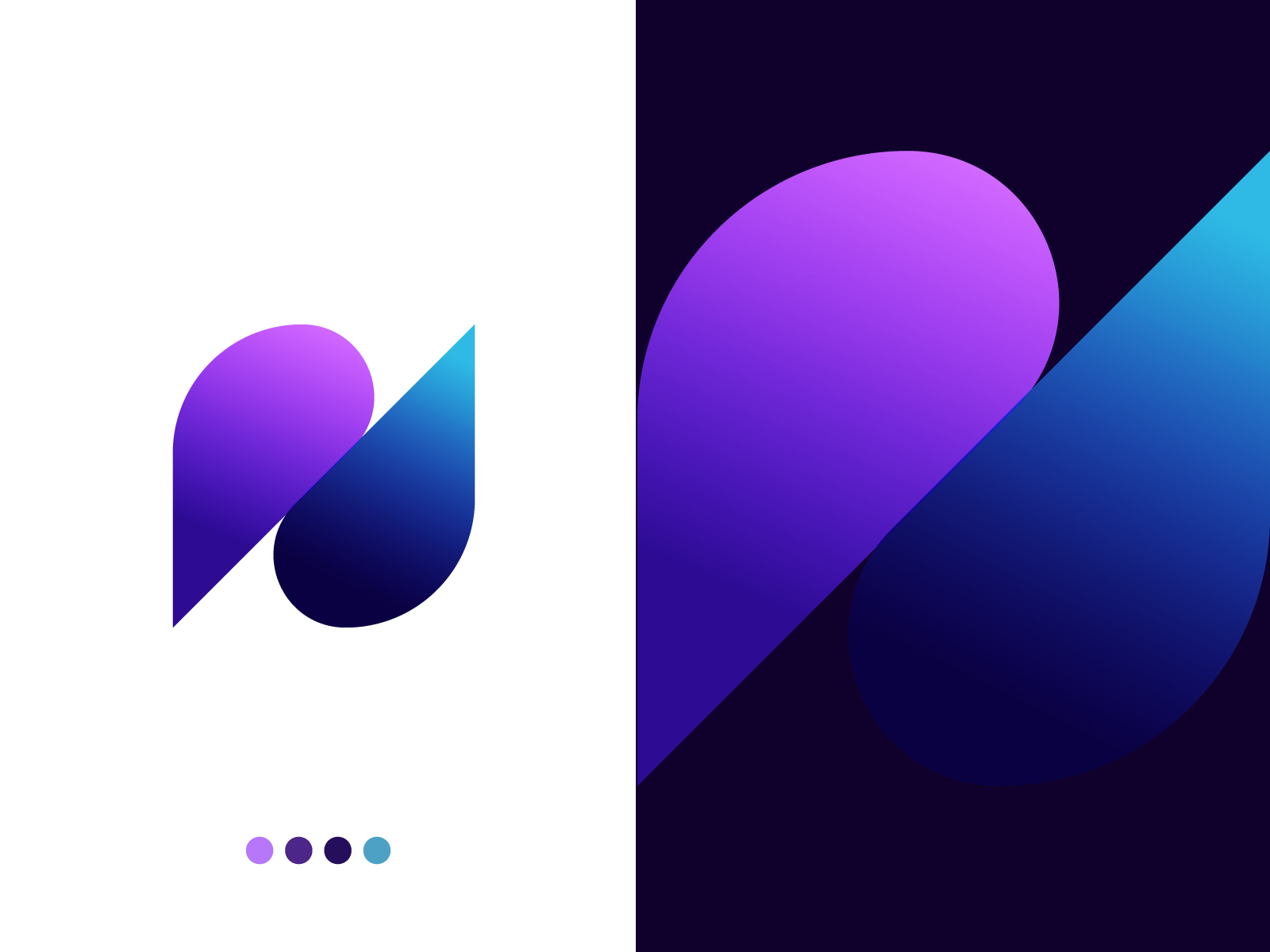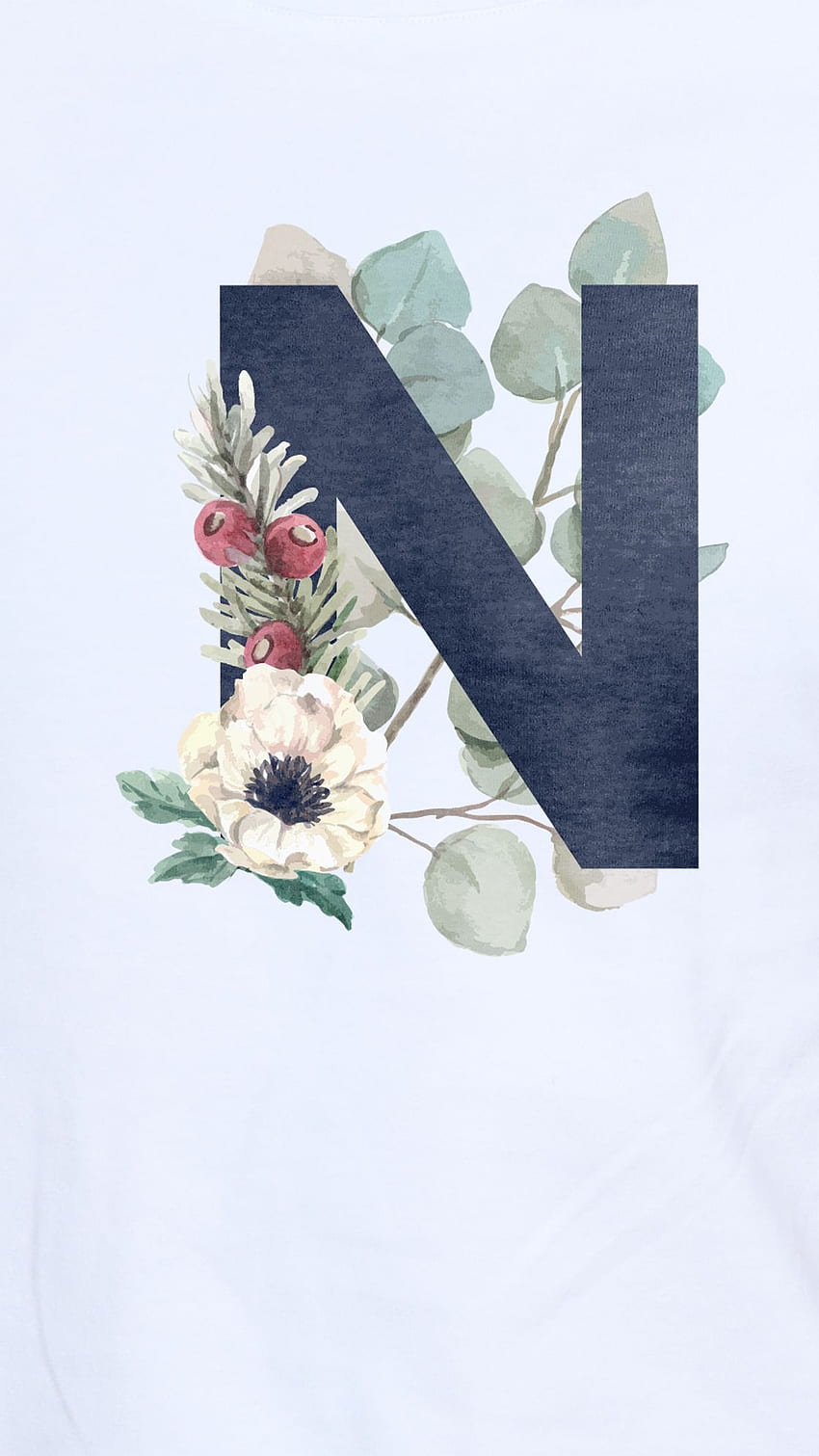Table Of Content
- NDesigns is a Tennessee-based company serving customers from New York to Japan.
- Small Sample Research Designs for Evidence-based Rehabilitation: Issues and Methods
- Changing Intensity and Alternating Treatments Designs
- N logos not a good fit? Try something else:
- Opportunities and Challenges for Small-N Designs in Rehabilitation

However, it is important to recognize that the bimodality is not at the level of the data but at the level of the parameters of the cognitive model that generated the data. How that bimodality is expressed at the level of the data will depend on a transformation (usually nonlinear, e.g., Eqs. A2 and A3) that expresses the value of the parameter in the observed data. The qualitative expression of bimodality at the level of empirical measurement is merely that some participants display convincing evidence of an interaction while others display weak or no evidence.
NDesigns is a Tennessee-based company serving customers from New York to Japan.
With expertise ranging from boat wraps to stickers, our stellar track record in this market speaks for itself. NDesigns is a custom embroidery company offering great services for corporate identity, special events, trade-shows, sports logos, clothing lines, and uniforms. Established in Tennessee since 1996, NDesigns serves clients from Los Angeles to New York! Our comprehensive suite of services includes Custom merchandise printing, Embroidery, Digital Media, Leatherwork, and Ad Specialty Products. At NDesigns, we excel in pushing boundaries with the latest trends and styles. Through a blend of industry expertise, technical proficiency, and innovative vision, we’ve fostered a diverse and dedicated client base, ranging from non-profit organizations to emerging clothing startups.
Small Sample Research Designs for Evidence-based Rehabilitation: Issues and Methods
Collectively, these methods represent an established and sophisticated way of doing scientific psychology that is very different in style and substance to the one targeted by the OSC’s replication study and characterized as inherently flawed by the scientific and popular press. When the goal is to estimate population parameters, when the phenomenon of interest is highly reactive (i.e., changed by observation), and when only limited data can be collected from individuals, then the recommendation to increase sample size at the participant level is an appropriate one. To foreshadow the contents of the rest of the article, our primary aim is not to denigrate current research practices, but, rather, to provide a sharper and more balanced appraisal of what we believe are the often-overlooked merits of small-N designs. These designs concentrate their experimental power at the individual participant level and provide high-powered tests of effects at that level. As a result, they are in a sense automatically “self-replicating” (Little & Smith, 2018), as we discuss more fully later. In addition to their self-replicating properties, small-N studies often embody a number of hallmarks of good scientific practice, particularly as they pertain to precise measurement, effective experimental control, and quantitatively exact theory.
Changing Intensity and Alternating Treatments Designs
To pioneer standalone headsets, we developed technologies like inside-out-tracking and self-tracked controllers. To allow for more natural interaction systems and social presence, we pioneered hand, eye, face and body tracking. And for mixed reality, we built a full stack of technologies for blending the digital and physical worlds, including high-resolution Passthrough, Scene Understanding and Spatial Anchors. This long-term investment that began on the mobile-first foundations of the Android Open Source Project has produced a full mixed reality operating system used by millions of people. We believe a more open ecosystem is the best way to bring the power of mixed reality to as many people as possible. With more devices, this new ecosystem will offer more choice to consumers and businesses around the world.
The best graphic design books on branding, logos, type and more - Creative Bloq
The best graphic design books on branding, logos, type and more.
Posted: Mon, 16 Oct 2023 07:00:00 GMT [source]
Because the occurrence, sign, and magnitude of such interactions depend on the durations of all of the stages comprising the network, interactions are more common and individual differences in interaction become more plausible than they are in a pure additive factors framework. Some of the same qualities that make RCTs the gold-standard for efficacy research may limit their application in assessing the effectiveness of a given intervention for an individual patient. Effectiveness studies are designed to examine the effects of an intervention with typical patients in everyday situations wherein an investigator cannot control all the extraneous factors. RCTs tend to have strict inclusion and exclusion criteria and typically report average treatment effects obtained from statistical comparisons of group-level (aggregate) data from experimental and control groups.
The design of the letters N and Z is formed from a unique circle with lines that seem to overlap. Very good for use in all colors and media, both print media and as avatars for social media web and mobile applications. The NUMYX is an tech company, that seeks for simplicity, originality, and a recognizable "N" letter based icon.
What is a circular economy? - ellenmacarthurfoundation.org
What is a circular economy?.
Posted: Tue, 17 Oct 2023 20:48:29 GMT [source]
N logos not a good fit? Try something else:
On the one hand, one of the most well-known examples of aggregation artifact is that of learning curves (Estes, 1956; Gallistel et al., 2004; Sidman, 1960). As has long been recognized, averaging a family of discontinuous learning curves of the kind produced by insight-based, all-or-none learning in which the insight point occurs at different times can produce a smoothly increasing group curve of the kind predicted by incremental-learning, linear operator models (Batchelder, 1975). That is, the conclusions one would draw at the group and individual levels are diametrically opposed. Zealously averaging over unknown individual differences can produce results that potentially misdirect the theoretical direction of the entire field. In a recent survey of the role of small-N designs in psychology, Saville and Buskist (2003) pointed out that the use of large-N designs is a comparatively recent phenomenon, which they linked to the publication of R.
We resimulated the set of N participants 100 times allowing δ to equal 1 with a probability of [.10,.25,.50,.75,.90]. That is, 20 new simulated data sets were taken at each level of δ and then bootstrapped with the individual and group level analyses applied to each bootstrapped sample. The bootstrapping procedure was repeated 1000 times per set of simulated participants. In situations of this kind, the logic of small-N and large-N scientific discovery will unfold very differently.
Opportunities and Challenges for Small-N Designs in Rehabilitation

Although there is no necessary connection between the use of small-N designs and these other features of scientific practice, many researchers who engage in highly quantitative psychological science often favor small-N designs because they see them as possessing distinct advantages. Part of our aim is to argue that the focus on sample size as the sole or even the primary cause of unreliable psychological knowledge is to lose sight of much of what makes good science. Parenthetically, we note that while we frequently contrast small-N and large-N designs for expository purposes we really view them as ends of a continuum and, for many researchers, the methodological sweet spot may lie somewhere in between (see e.g., Rouder and Haaf (in press)). The small-N research approach includes a wide variety of designs, similar to the diversity in larger-N group comparison designs.
Lest one think it problematic that the near-zero results are significant some proportion of the time for the individual analysis, recall that the individual analysis provides an estimate of the interaction for each participant. Consequently, one can examine the value of the estimate to determine its importance rather than relying on a null hypothesis test to decide whether it is or is not actually zero. In small-N designs the individual participant is the unit of analysis with each person serving as his or her own control.
The large-N approach would be to run a big sample of participants who, because of resourcing constraints, are likely at best to be minimally practiced on the task and, consequently, highly variable. After a few iterations, the field as a whole will conclude that the effect is somewhat fragile, requires large resources to demonstrate reliably, and is therefore uninteresting theoretically, and will move on to study something else. By contrast, the group analysis is only showing comparable power when all four of the simulated participants show a positive interaction. When any of the participants in the group is sampled from the null interaction effect, the power of the analysis drops substantially (from near 1.0 to .3). The implication is that the group-level analysis is masking the individual differences in the presentation of the interaction. When half or fewer of the participants show the interaction, the group-level analysis only very rarely detects an interaction.
Developers will have a much larger range of hardware that can run their apps, and more device makers will expand their market to a wider range of users, much like we’ve seen with PCs and smartphones. Headquartered in a suburb of Columbus, Ohio, we are a professional design, development, & production studio specializing in advertising and marketing. In addition to custom web design and development, we provide video & animations, cd rom/dvd design, development, and replication, content development & editing, branding, traditional print & graphic design, large format (trade show) display design and production, and digital photography. Neuromersiv is a dedicated, coherent Virtual Reality rehab & training system for stroke patients. Neuromersiv enables neurotherapists and medical professionals to make brain rehab exercises more fun and emotionally engaging by allowing patients that have suffered strokes and other forms of brain trauma to perform simple, enjoyable day to day daily living tasks using a VR headset. Logo Ready for Sale.Minimalist and modern concept based on a customized letter N.The design has an energetic appearance with strong and straight lines.The shape of the logo is reminiscent of lightning, representing energy, speed and dexterity, while the simple shape keeps the design elegant and modern.

No comments:
Post a Comment